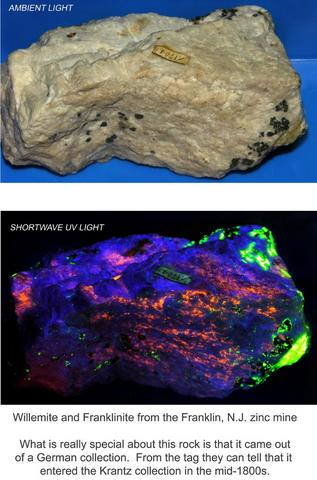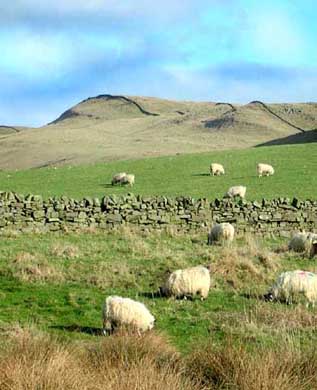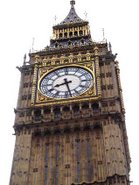The El Paso Stony Meteorite
In 1950 Professor W.S. Strain discovered that a stony meteorite had fallen east of El Paso, Texas. The GPS coordinates are approximately N 31.78285, W-106.23390. It weighed 275.8 grams, and is now in the Department of Geology at the University of Texas in El Paso.
The International Meteoritical Society officially lists this meteorite as the EL PASO STONY METEORITE. It is one of 291 approved meteorites from Texas, and 1,497 from the entire United States.
It is a stony, olivine-hypersthene chondrite. It is classified as an LL4 type. These
 chondrites are genuine pieces of primordial matter and are around 4.5 billion years old – much older that any rock or mineral that was formed on our planet. LL chondrites, which are low iron and low metal account for 8.1% of all witnessed meteorite falls.
chondrites are genuine pieces of primordial matter and are around 4.5 billion years old – much older that any rock or mineral that was formed on our planet. LL chondrites, which are low iron and low metal account for 8.1% of all witnessed meteorite falls.The stones shown to the right are some pictures that T.E. Bunch made of chondrite meteorites.
-
This is an internet link regarding the LL chondrite class of meteorites: http://www.meteoris.de/class/LL-Group.html
Since this location is out in the desert only 3.4 miles (5,5 km) from my house, I took my little black doggie out there this morning and we wandered around looking to see if we could get lucky enough to find any pieces from the meteor fall. I believe that we were successful.
There is plenty of white caliche covered rock laying around, occasionally some Apache Tears. These are little rounded pieces of volcanic glass officially know as obsidian.
Apache Tears. These are little rounded pieces of volcanic glass officially know as obsidian.
Since this location is out in the desert only 3.4 miles (5,5 km) from my house, I took my little black doggie out there this morning and we wandered around looking to see if we could get lucky enough to find any pieces from the meteor fall. I believe that we were successful.
There is plenty of white caliche covered rock laying around, occasionally some
 Apache Tears. These are little rounded pieces of volcanic glass officially know as obsidian.
Apache Tears. These are little rounded pieces of volcanic glass officially know as obsidian. -
Here is the Apache Tears legend: About 75 Apaches and the US Calvary squared off against each other in battle on a mountain overlooking what is now Superior, Arizona in the 1870's. Rather than face defeat, the outnumbered Apache warriors rode their horses off the mountain to their deaths. The families of the warriors cried when they learned of the tragedy. Their tears turned into stone upon hitting the ground. Today these beautiful black stones are known as Apache Tears Good Luck Stones.
The pictures to the left are two little pieces of the El Paso Meteorite that we found this morning.
morning.
The pictures to the left are two little pieces of the El Paso Meteorite that we found this
 morning.
morning.

























